From Farmers to Food Processors: A Path to Rural Economic Resilience
June 3, 2025
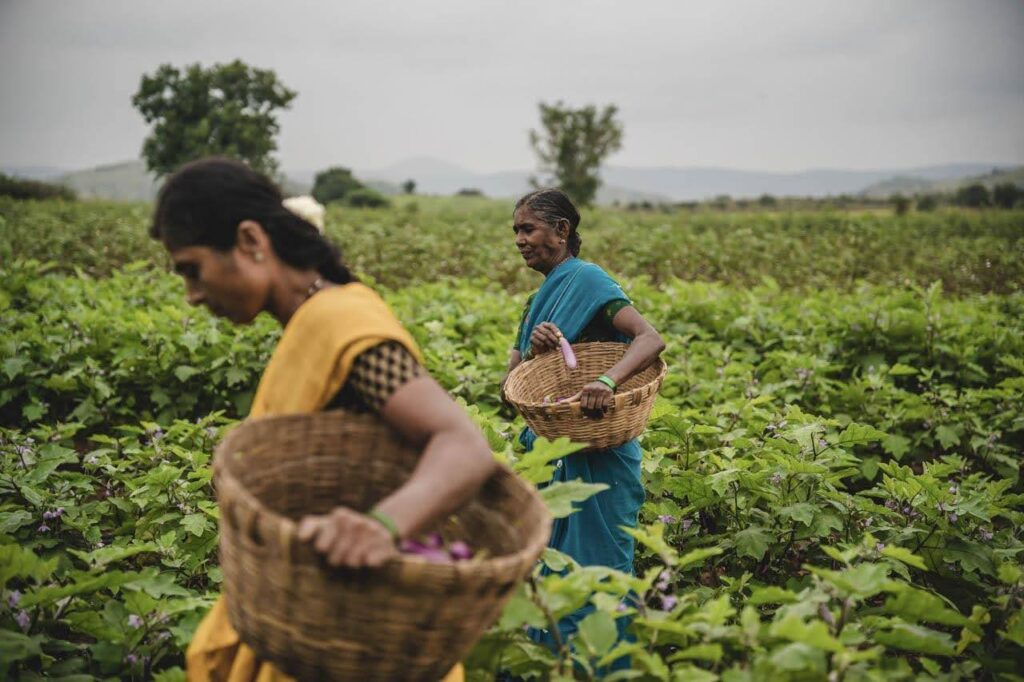
As India talks about becoming a $5 trillion economy, the question we must ask is—how are our farmers faring in that journey?
Today, Indian agriculture is under pressure with 75% of Indian districts being highly vulnerable to climate disruptions. Erratic weather, poor soil health, pest outbreaks, and rising input costs have made cultivation unpredictable.Over 50% of Indian farmers still operate without mechanisation. While the sector contributes around 18% to GDP, most farmers struggle to earn a living wage.
Beyond the field, there is another crisis: post-harvest food loss. A large share of high-value crops—fruits and vegetables—never make it to market in usable form. Why? Because there’s often no cold storage chain or local processing unit in place. Perishables rot while prices crash. The economic and environmental costs are enormous.
But I also see something hopeful taking shape – farmers across India are stepping into new roles – as entrepreneurs, innovators, and food processors. It’s a shift in both work and identity: from growing produce to creating value.
Let me give you a couple of examples.
Kissan Dharambir, a farmer from Haryana, turned adversity into opportunity. After witnessing repeated post-harvest losses on his farm, he developed a low-cost multipurpose food processing unit. His innovation enabled farmers to convert fruits like mango, amla and guava into value-added products such as juice, pulp, and candy—reducing waste and boosting incomes.
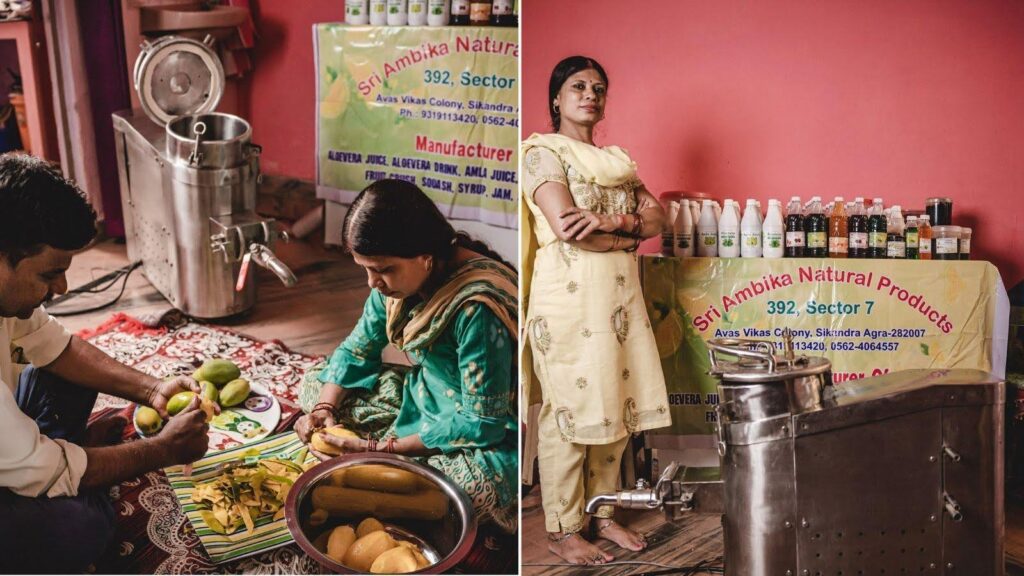
Raheja Solar Food Processing works with farmer-producer orgs, self-help groups, and NGOs to help rural communities—especially women—process and package excess farm produce. They enable value addition, link products to institutional buyers and retail markets, and strengthen climate-resilient rural livelihoods.
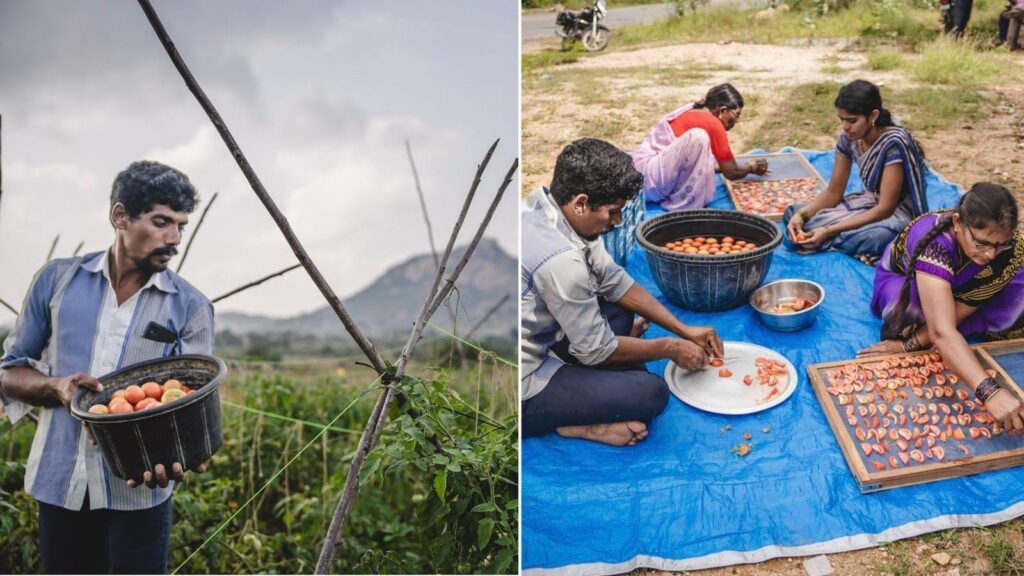
These aren’t isolated efforts—they’re signs of a broader transition. However, it’s not a smooth one.
The missing links
The reality is that most farmers, especially smallholders, don’t have access to the finance or markets.
Traditional banks are wary of lending to agri-processing ventures without formal plans or collateral. Even when sustainable appliances exist—like DD Solar’s solar-powered cooling units for farmers, micro-entrepreneurs, and small retailers—uptake is slow. Why? Because end users often can’t afford the upfront cost, and banks hesitate to lend due to uncertain repayment capacity and doubts about product performance.
Market access is another hurdle. Farmers often struggle to find consistent buyers or compete in supply chains that require quality certification, packaging, and consistency, leaving them disconnected from digital platforms, retail chains, and export channels.
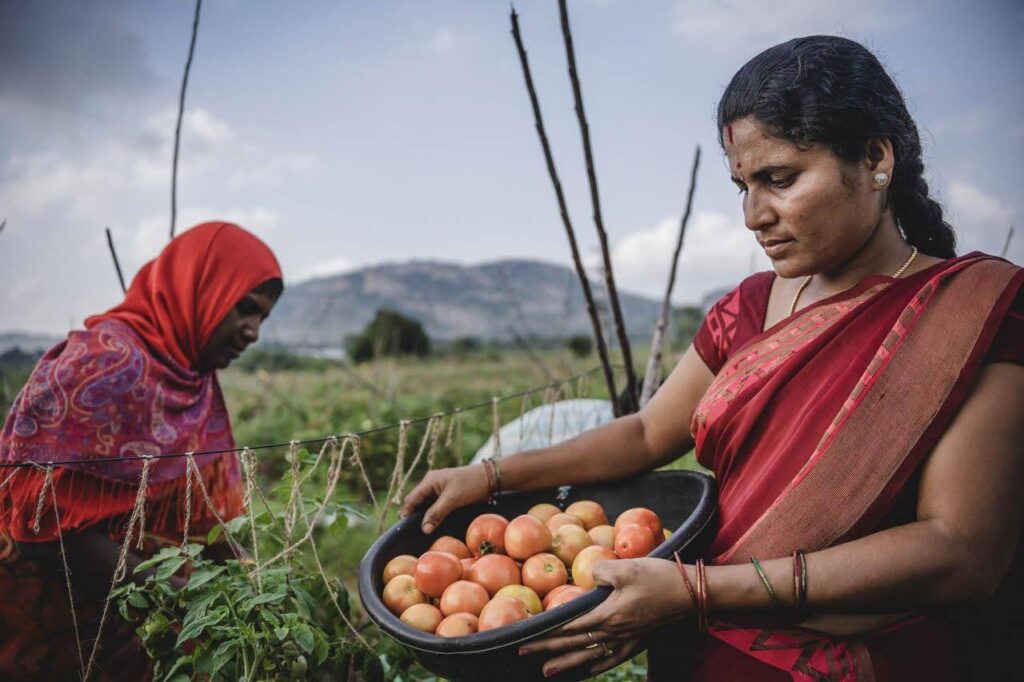
So, how are we bridging this gap?
At Villgro, we’re working to remove systemic barriers by backing rural and agri-enterprises with the right capital, capabilities, and connections, designed for the realities they face.
Through blended finance, we support high-risk, high-impact innovation. In the Powering Livelihoods program with CEEW, we’ve helped last-mile entrepreneurs—many of them women—adopt solar-powered food processors, dryers, and coolers. With funding and market access, they’ve been able to pilot, prove, and grow in tough rural markets.
We’re also making capital more relevant. In the Innovators for Bharat program with SBI Foundation, we support agri-tech startups building climate-resilient solutions, backing them with financing models that align with crop cycles and working capital needs. To lower the cost barrier for farmers, we’ve enabled end-user financing. Through our partnership with Rang De, we’ve piloted peer-to-peer lending for sustainable tech.
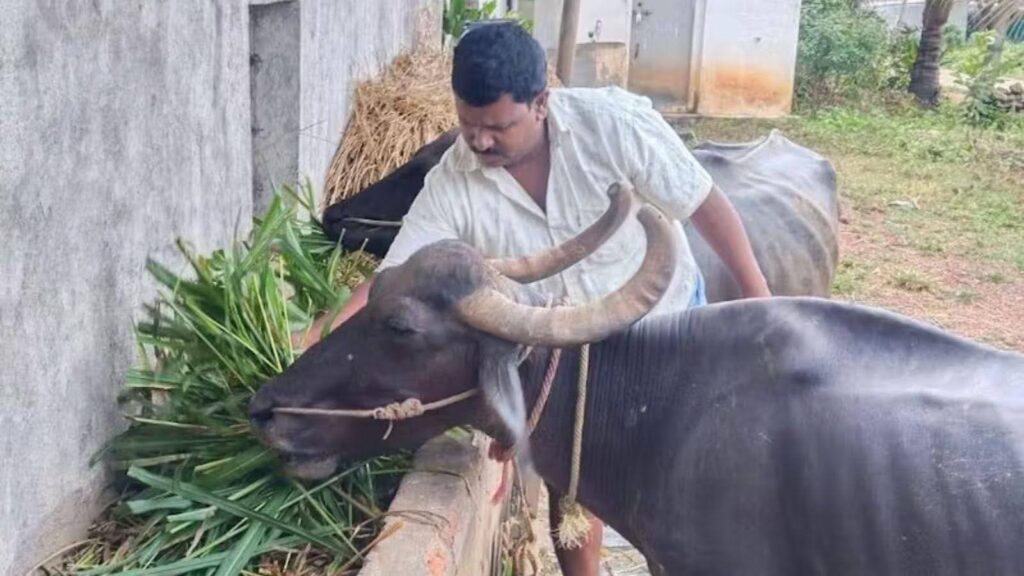
One example: Umesh, a farmer, raised ₹25,000 in under 24 hours to buy a Hydrogreens hydroponic fodder unit. More loans like this are on the way, unlocking access to income-generating tools that were previously out of reach.
If we want true rural resilience, we must stop seeing farmers only as cultivators. They are entrepreneurs, processors, and problem-solvers. With the right support, they can transform not just their own livelihoods, but the future of agriculture itself.
About the Author
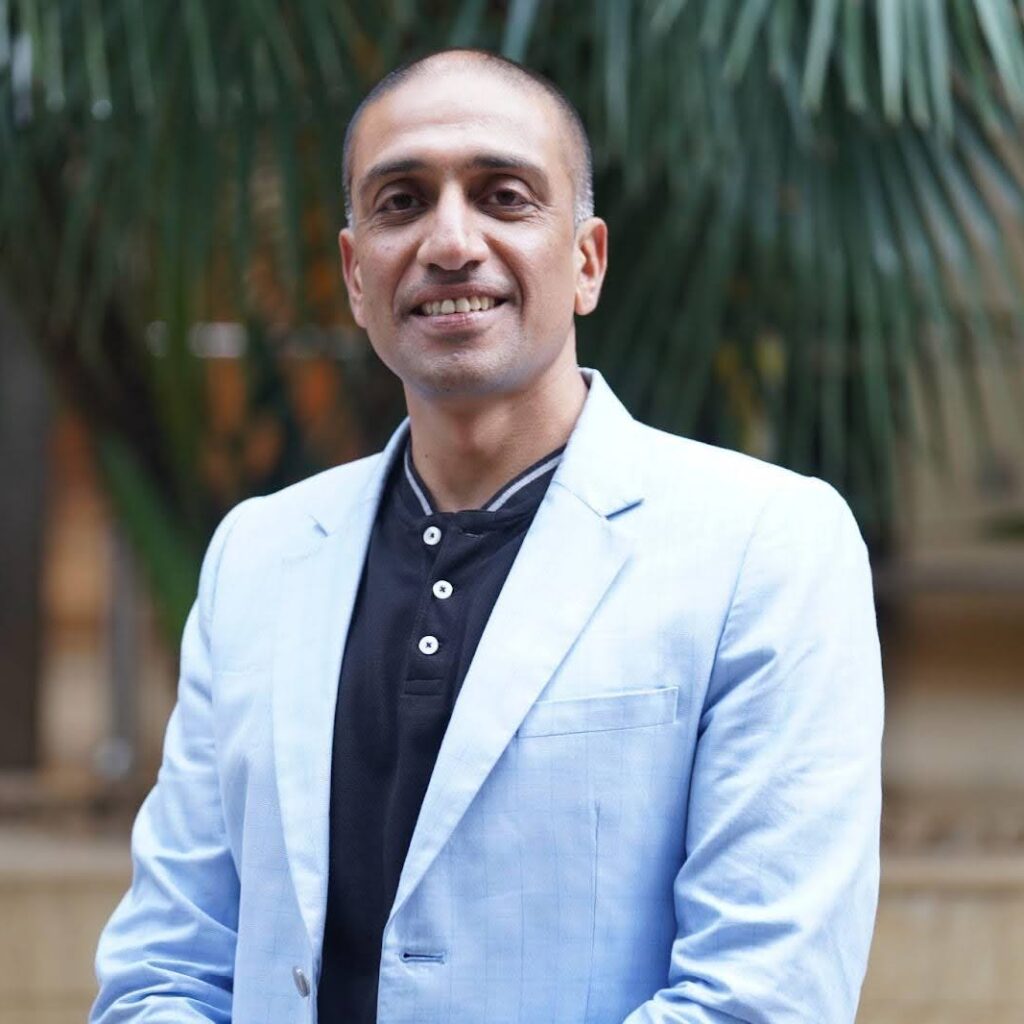
Srinivas Ramanujam is passionate about scaling innovative solutions to systemic challenges impacting people and the planet. With over two decades of experience, he has spent the past decade helping social enterprises scale in agriculture, climate, health, and circularity. He collaborates with the Government of India, civil society, and ecosystem enablers to bring innovation, market access, and financing to underserved communities.


